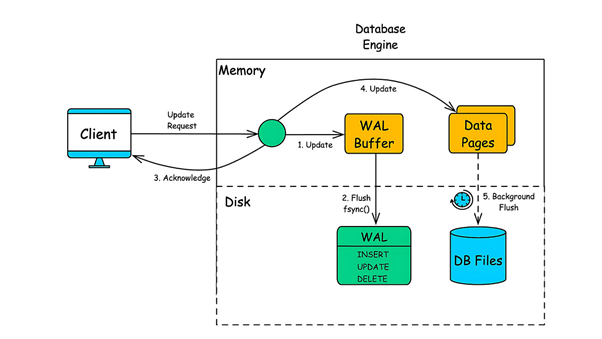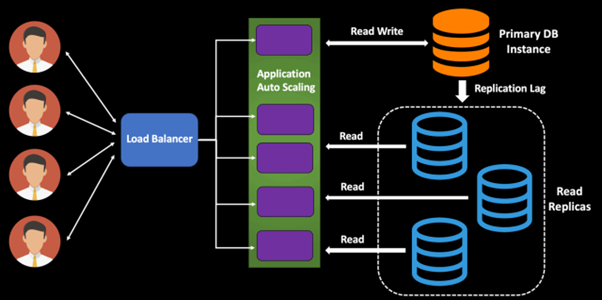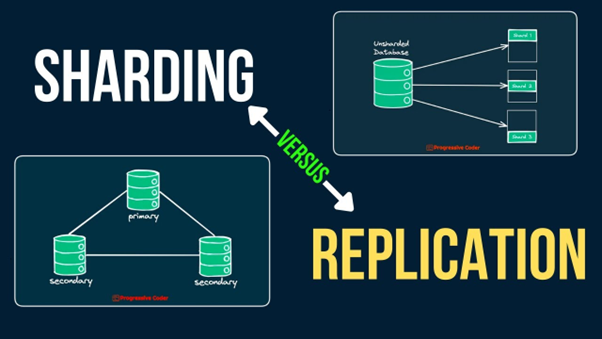Your Database Is About to Crash – Here’s How to Save It

Let’s not sugarcoat it.
Your app is gaining users, your traffic graph is finally climbing, and it feels like you’re actually winning. But behind the scenes, something is cracking. Pages are slower. Timeouts are creeping in. You’ve tried restarting the server—twice.
Guess what? It’s not a bug. It’s your database telling you, “I can’t keep up.”
Welcome to the not-so-glamorous but mission-critical world of database scaling. If you're building anything that hopes to grow, this is one conversation you can’t avoid.
Why “Scaling” Isn’t Just for VC Decks
Everyone loves saying “we're building something that scales.” Sounds fancy, right?
But here’s what they don’t tell you: database scaling isn’t a buzzword—it’s a battle plan for survival. Because when your product hits, and your traffic spikes, your backend needs to scale up or die trying.
Scaling your database means giving it the muscles to lift more—more users, more data, more queries—without collapsing.
Let’s unpack how that works. Without the textbook talk.

Upgrade or Multiply? The First Big Decision in Scaling
Picture this: your database is one big computer. It starts slowing down. What now?
You’ve got two classic options.
One: beef it up. Add more memory, faster storage, better CPU. That’s called vertical scaling, and it works… until it doesn’t. Eventually, that computer hits a physical limit.
So you move to plan B: horizontal scaling. That’s where you add more machines. Not stronger—just more. Each takes a slice of the workload. Now your system can grow like a team, not just one superhero doing all the lifting.
But adding more machines comes with complexity. Like, serious rethink-the-whole-architecture kind of complexity.
Still worth it? Definitely.
It’s Not Just the Hardware, It’s the How
Most people think database problems = hardware issues. Wrong.
Sometimes your system is dying not because it’s small, but because it’s inefficient. That query you wrote six months ago? The one pulling five tables with zero indexes? Yeah, that one is a ticking bomb now.
Scaling isn’t just about infrastructure. It’s about:
- Query optimization
- Schema design
- Proper indexing
- Smart data modeling
Want to scale like the big players? Start writing like them, too.
Let’s Talk Speed: Caching Is Your Secret Weapon
Okay, real talk: how many times do you really need to fetch the same user data from your main database?
Answer: probably way fewer than you're doing right now.
Enter caching—the behind-the-scenes magician that stores frequent data in lightning-fast memory. It’s like saying, “Hey, don’t ask the chef for fries every time—just keep a hot batch ready at the counter.”
Tools like Redis and Memcached make this ridiculously fast and effective.
And the best part? You reduce stress on your database and speed up the user experience. Win-win.

When One Database Just Won’t Cut It Anymore
You know things are getting real when someone in your team drops the word: sharding.
It’s not just a cool-sounding tech term. It’s a survival tactic.
Sharding means splitting your giant database into multiple smaller ones. Each shard holds a portion of your data. For example, users A–M go in one, N–Z in another. Or split by region. Or by customer tier.
It’s tricky. You need to manage how data is distributed, synced, and queried. But if you do it right? You can scale almost infinitely.
Think of sharding like opening more branches of your business. Instead of a single store struggling to serve everyone, now you’ve got local branches handling local crowds.
The Ugly Truth: You Can’t Have It All
Scaling forces you into uncomfortable trade-offs. This isn’t fiction—it’s called the CAP theorem and it’s brutal.
Here’s the short version: you only get to pick two out of these three—
- Consistency (every user sees the same data at the same time)
- Availability (the system is always up and running)
- Partition Tolerance (the system survives network failures)
You can’t have all three.
That means you need to know what matters most to your app. Are you a bank? Prioritize consistency. A social app? Availability might be the bigger win.
Choose wisely.

Scaling Without Monitoring? You’re Flying Blind
Think your system is fine because no one’s complaining?
Bad idea.
You need observability—a fancy word for watching your system like a hawk. What are your query times? Which endpoints are under pressure? Where’s your memory going?
Use tools like Datadog, Prometheus, or Grafana. Set up alerts. Create dashboards that actually tell a story.
Because if you're scaling without metrics, you're not scaling. You're guessing.
Let’s Talk Money: Scaling Isn’t Free (But Neither Is Downtime)
Here’s the truth most CTOs don’t say out loud: scaling is expensive.
More servers, more licenses, more engineering hours. It all adds up.
But you know what’s more expensive?
- Losing users during peak traffic.
- Watching customers bounce from slow-loading pages.
- Paying your dev team to patch emergency outages at 3AM.
Think of scaling not as a cost, but as insurance. You’re not spending money—you’re protecting your growth.
How to Start Scaling Right Now?
Don’t wait until things break. Start smart today.
- Audit your slow queries.
- Add the missing indexes.
- Implement caching.
- Separate read and write loads.
- Monitor everything.
And even if you're not “big” yet, architect like you're going to be. Because if you wait too long, scaling becomes surgery instead of strategy.
If You’re Growing, Scaling Isn’t Optional
Database scaling isn’t optional. It’s the cost of success. The behind-the-scenes reality of every app that’s ever gone viral or every SaaS product that just hit 10k customers.
It’s not flashy. It’s not fun. But it’s the reason your product won’t crash under its own weight.
So the next time someone says “We’re scaling,” ask them: How’s your database doing?
Because now? You’ll actually know what that means.
Would you like a version of this for LinkedIn, email newsletter, or dev blog format?

